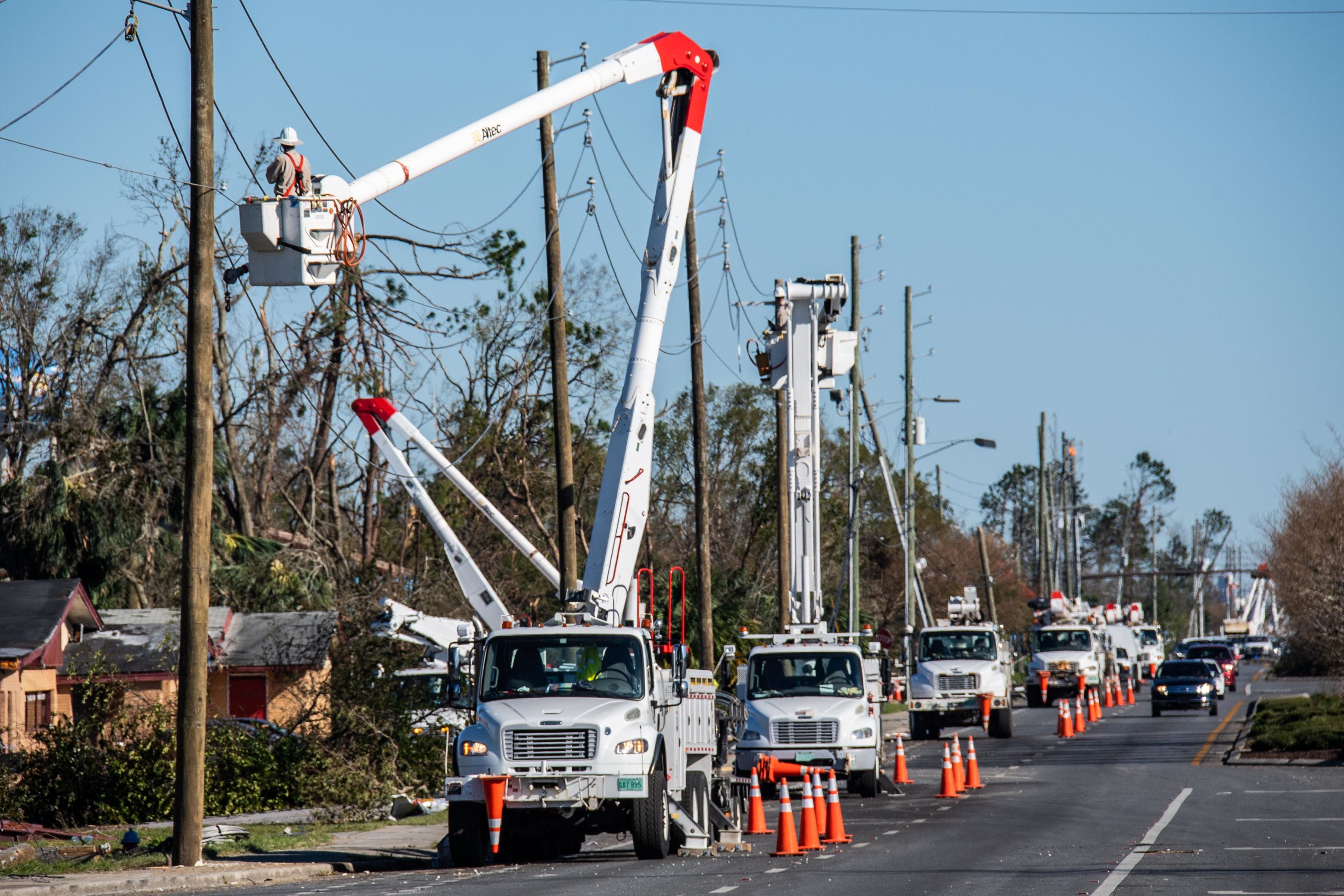
Gulf Power customers can expect to save a few bucks on their electric bill starting next month, the company announced Friday.
Thanks to savings from the Tax Cuts and Jobs Act of 2017, the Northwest Florida utility company has a little more cash in its pockets — enough to cut the average ratepayer’s bill by $2.70 a month. The company also attributed the drop to lower fuel costs, environmental controls and energy conservation programs.
“This tax reduction and lower costs means lower energy prices beginning in customers’ January bills,” Gulf Power spox Jeff Rogers said in a press release. “This will be the eighth time in 10 years we’ve been able to decrease prices with the average customer saving about $32 per year.”
When the savings go into effect, customers using 1,112 kilowatts a month can expect to pay $141.09. The same usage would see customers charged $143.79 under the rate model that went into effect in April. The rate cut was approved by the Public Service Commission, the body that regulates utilities in Florida, earlier this year.
The new price drop, about 2 percent, comes a year after Gulf Power passed on the largest cut in company history. The same 1,112-kilowatt bill would have set a household back $157.90 in January 2018.
In all, Gulf Power bills will be lower than they were a decade ago.
“We’re extremely excited that electricity prices for our customers in Northwest Florida will be the lowest they’ve been in five years,” said Rogers. “As we pass along these additional savings to our customers, we will continue to invest in Northwest Florida’s energy grid to maintain the safe, reliable and affordable service our customers have come to expect.”
The new rate cut comes after Gulf Power piloted an unprecedented power restoration effort in the wake of Hurricane Michael. The Category 4 storm knocked more than a quarter of Gulf Power’s 457,000-plus customers off the grid.
Thanks to the around-the-clock work of a platoon of lineworkers and power pros from around the country, the company was able to beat its own estimates for restoring service to 95 percent of its customers who could safely receive power. The tab for those repairs is estimated to hit $350 million or more.


